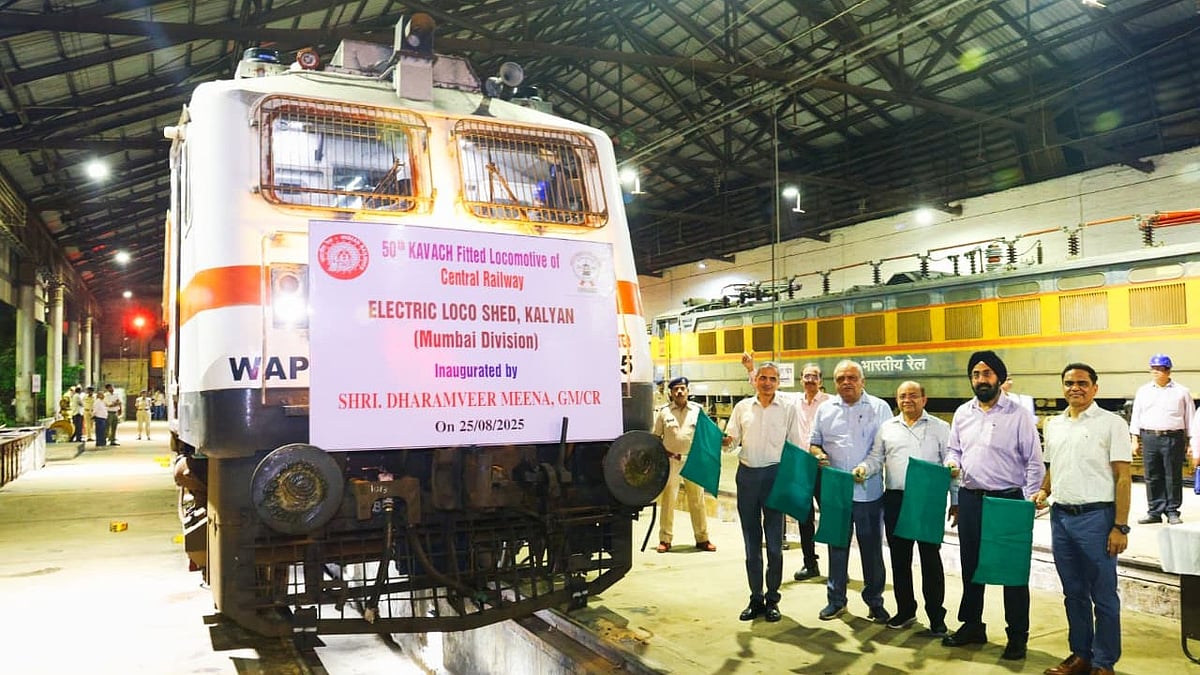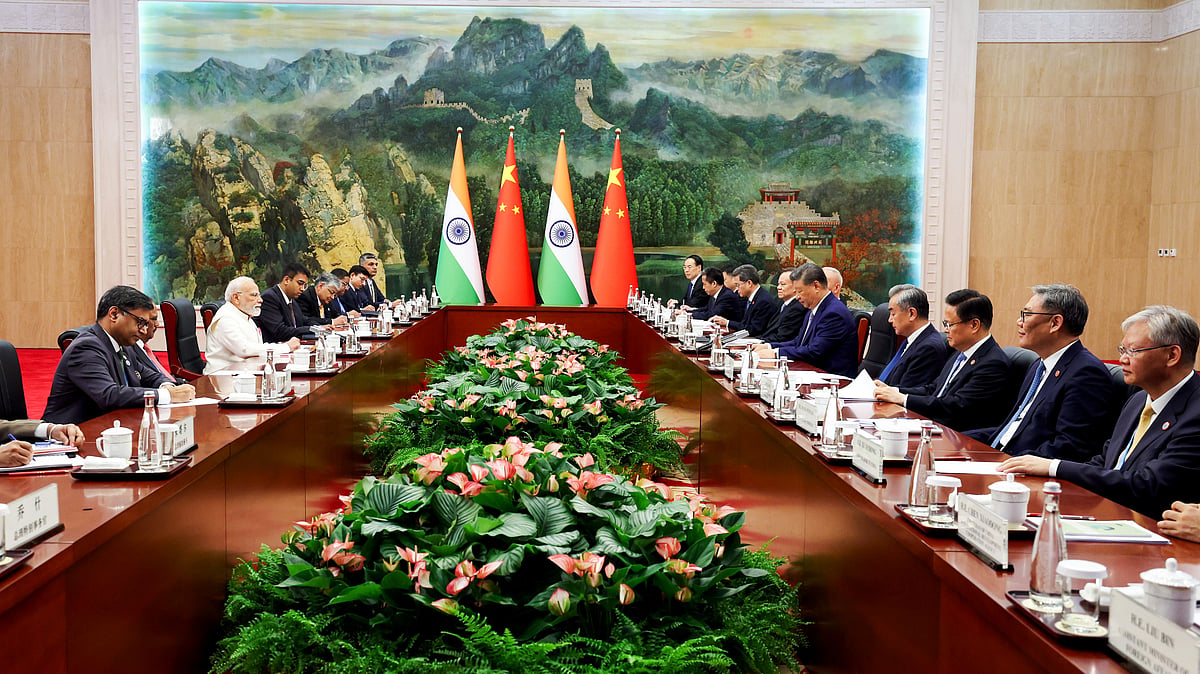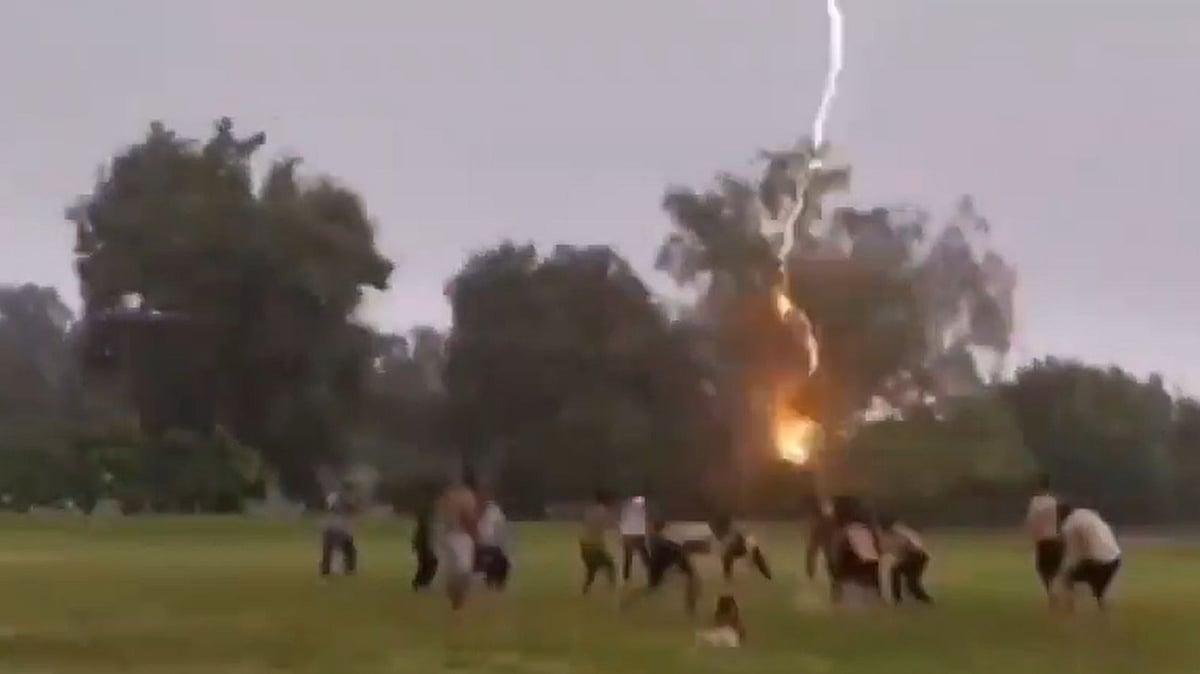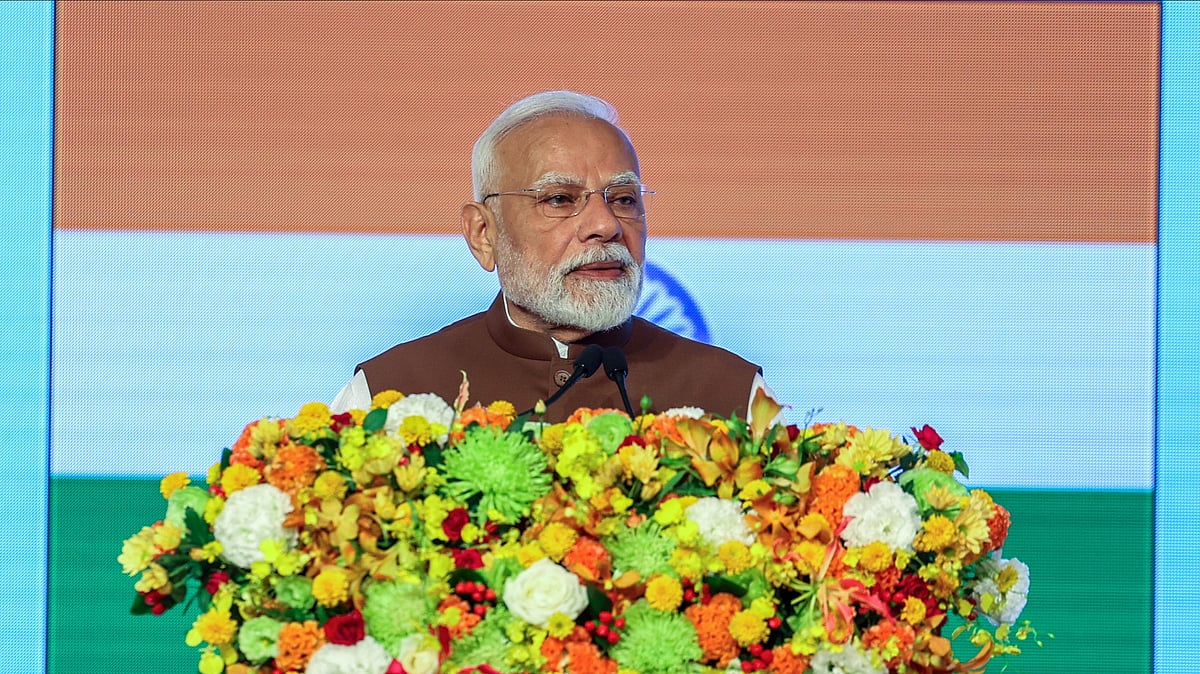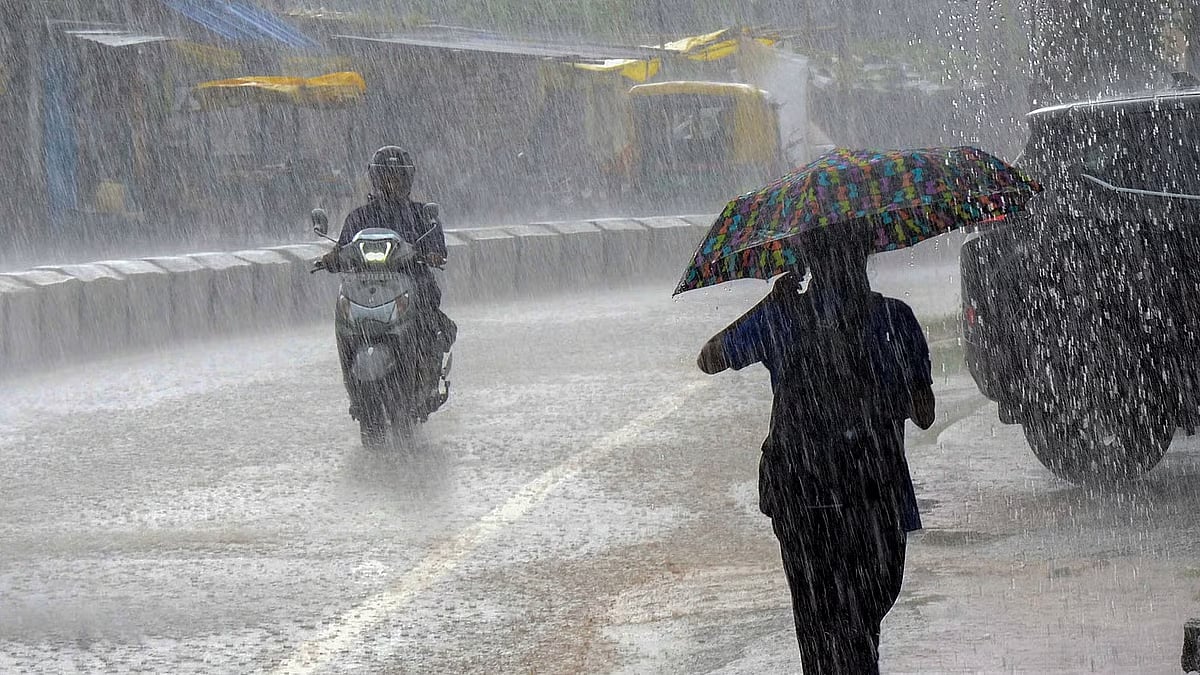Guwahati: The banned insurgent outfit United Liberation Front of Asom-Independent (ULFA-I) has claimed that at least three of its senior leaders were killed and 19 others injured in a series of coordinated drone attacks allegedly carried out by the Indian Army on mobile camps in Myanmar’s Sagaing region early Sunday morning. The Indian Army, however, has officially denied any involvement in the incident.
In a statement, ULFA-I said the attacks occurred between 2:00 am to 4:00 am in three separate waves and involved over 150 drones, reportedly manufactured in Israel and France. The strikes targeted their camps and those of the Manipur-based Revolutionary People's Front (RPF), the political wing of the People's Liberation Army (PLA), near the India-Myanmar border, spanning from Longwa in Nagaland to Pangsau Pass in Arunachal Pradesh.
This is a statement shared by the ULFA-I earlier:
ULFA Claims Drone Attack Continued During Funeral
According to ULFA-I, the first wave killed senior leader Nayan Asom, while two others, Ganesh Asom and Pradip Asom, were killed in a subsequent strike during Nayan Asom’s funeral rites. The group also alleged that civilians along the Arunachal Pradesh border witnessed the drone assaults, dismissing the Army’s denial as false.
Lt Col Mahendra Rawat, spokesperson for the Ministry of Defence in Guwahati, told The Times of India, “There are no inputs with the Indian Army on such operation.”
Clouded Security Landscape
Assam’s chief minister and state police have also denied any knowledge or involvement in the alleged cross-border operation, stating that details are still emerging. A security source confirmed casualties at a ULFA-I camp in Myanmar but said the attack could have originated from Myanmar’s own internal conflict, not India.
“Given the ongoing civil war in Myanmar… attacks on insurgent camps could plausibly originate from Myanmar’s own ethnic armed organisations or even from the Myanmar military,” the source said.
The Sagaing region, particularly its Naga-inhabited zones, remains a known stronghold for Indian insurgent groups, with camps frequently shifting to evade surveillance or strikes.


